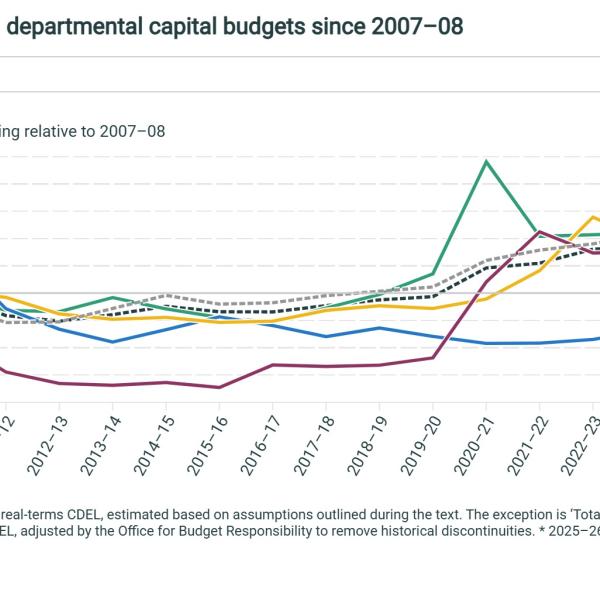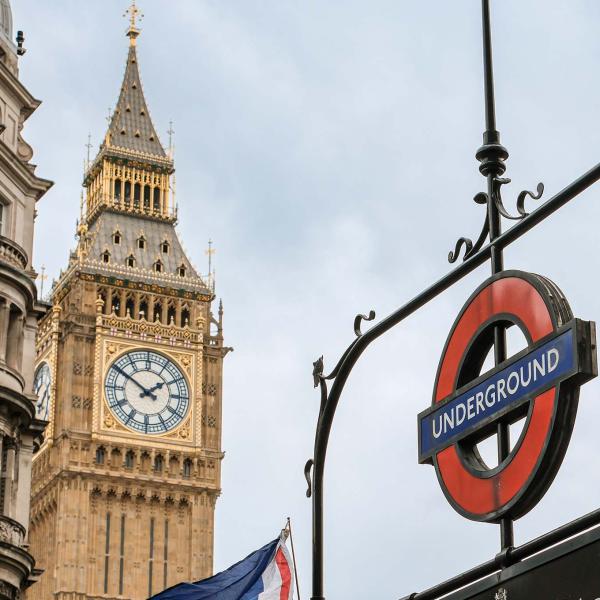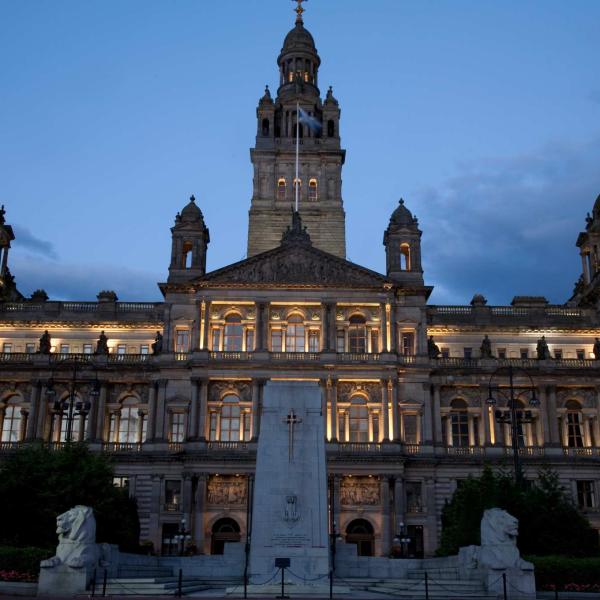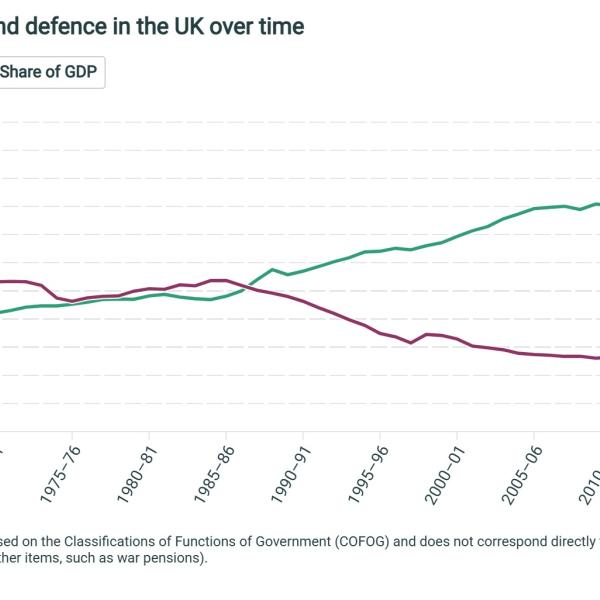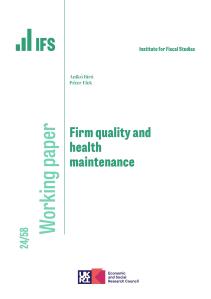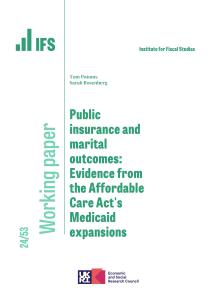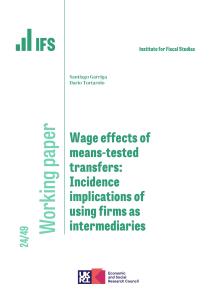It’s not making so many headlines nowadays but the overblown, overlong, and absurdly expensive Covid-19 inquiry rumbles on. It is likely to end up costing in excess of £200 million. It stands as one of so many symbols of the failure of the British state. A bureaucratic, lawyer-driven, backwards-looking, largely pointless exercise put in place for reasons that already seem lost in the mists of time but with an unstoppable momentum of its own.
Among its many “modules” is module 9, looking at the economic response. This is under way.
To what purpose? The chances are minimal that we will face an adequately similar set of circumstances soon enough that anyone will remember or refer to these findings. Why anyone thinks a judge-led inquiry is the right basis for determining economic policy is beyond me. Meanwhile, we have no inquiry and apparently no learning from a more recent event — the huge increase in energy prices of 2022 — which is surely far more likely to occur again.
Let me save the Covid inquiry some time. It seems to me there are four big lessons from the economic response and for policy in the meantime. Number one, surely, is that all economic shocks are different and responses need to be tailored appropriately. An obvious point which not only raises questions about how this inquiry will help us in the future but one which was not recognised adequately at the time. During the financial crisis of 2008-09 the Bank of England pumped liquidity into the economy through its programme of quantitative easing, effectively printing money to buy government debt. That was an entirely novel response, never before used. From today’s vantage point, it still looks like it was the right response.
In 2020 they repeated the trick, in completely different circumstances, to the tune of a staggering £450 billion. It is much less clear that was the right thing to do, certainly on such a scale, on this very different occasion. It is not clear exactly which problem it was trying to address. It probably contributed to the subsequent dose of inflation.
Number two, once you have started to be generous it is difficult to stop. The furlough scheme went on for far too long, not ending until September 2021, months after the last lockdowns. Supposedly temporary business rates reliefs for retail, hospitality and leisure sectors seem to have become permanently baked into the system. If they weren’t necessary in 2019 they should not be necessary in 2025, but here they still are. The politicians involved got hooked on their generosity. Rishi Sunak and Boris Johnson consistently boasted that their furlough and business support schemes were among the most generous in the world. That may have been good politics but it was not necessarily good economics. We borrowed more than most to pay for this generosity and we are paying the price. Our debt rose faster than most and our debt interest payments faster still.
Number three, the labour market is much more resilient than we feared. The purpose of the furlough scheme was to keep employees attached to their employer and avoid massive disruption. Most economists expected a significant increase in unemployment when furlough ended. It never happened. In fact, we saw the reverse, a labour market tighter possibly than at any time in history, as employers struggled to fill vacancies. That partly reflected the effects of the demand stimuli arising from massive government spending and the actions of the Bank of England. But it also arose because keeping millions of people on furlough for 18 months resulted in a huge misallocation of labour. With hindsight, there is increasing evidence that the US model, focused more on giving people money rather than on keeping them attached to their jobs, may have had fewer negative effects in the longer term. There is probably a trade-off between short-term disruption and long-term growth.
Number four, we could only respond as we did because we had the fiscal firepower to do so. We may have overdone it but borrowing hundreds of billions was always going to be necessary. As the Office for Budget Responsibility has observed, not knowing what the next crisis will be, the best possible precaution must be to be in a position to borrow heavily when the crisis occurs. To coin a phrase, that means mending the roof while the sun is shining, however wanly. That is the most important preparation for the next crisis.
There are, of course, many other smaller lessons, among them our struggles to provide appropriate support to millions of the self-employed, not least because of the lack of good data on their affairs. To return to that other episode from which we should learn — the response to the energy price crisis — some similar, and genuinely actionable, lessons arise. Because we had poor data linking incomes and energy use, and because we had panicking politicians wanting to look generous, we again spent far more than most other countries: some £35 billion in just six months, much of which through universal energy price subsidies. The result of course was that people consumed more energy than they otherwise would have done. Recent work by my colleagues at the Institute for Fiscal Studies suggests that better information and more targeted support could have saved us billions while achieving outcomes at least as good in protecting the vulnerable. Spending a modest sum today on improving our data infrastructure could save us billions in the future.
We are still suffering the consequences of both these episodes, not least in the costs of servicing the additional debt. There is much to learn about both the economics and the political economy. But the big lessons are straightforward enough. They should not take years of work or vast sums of money to uncover.
This article was first published in The Times, and is reproduced with kind permission.



